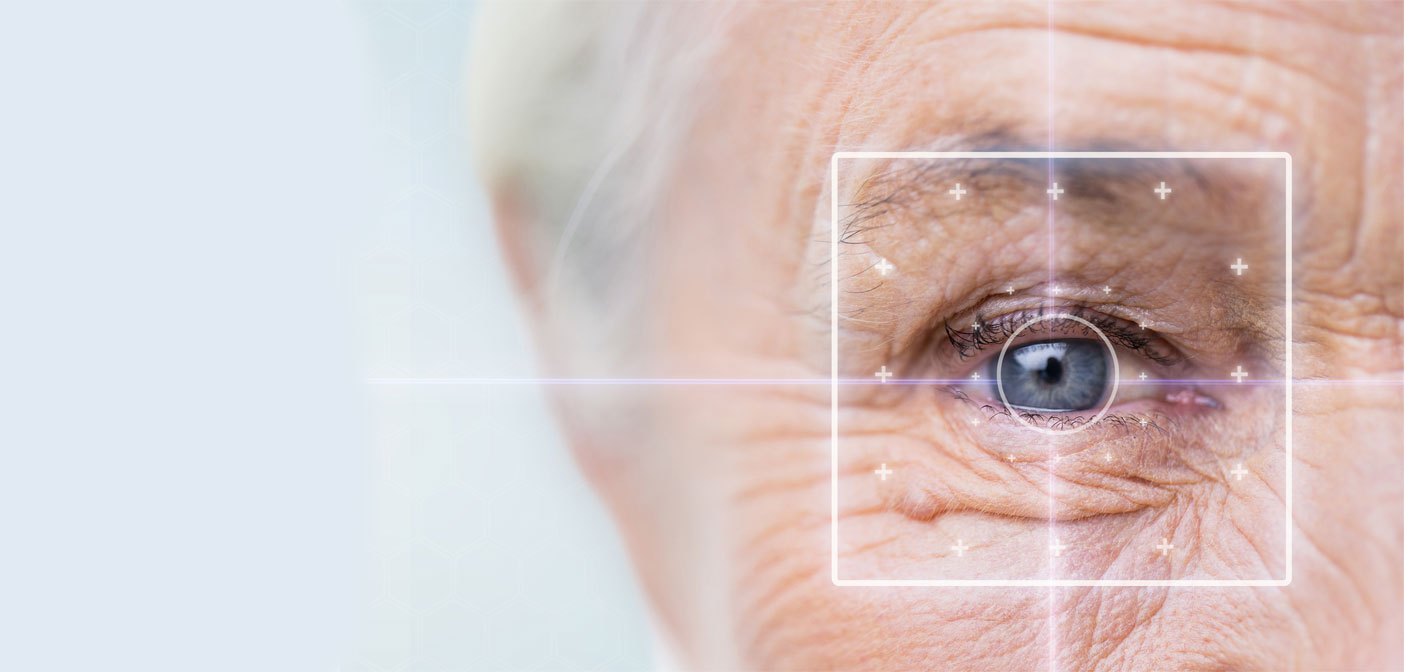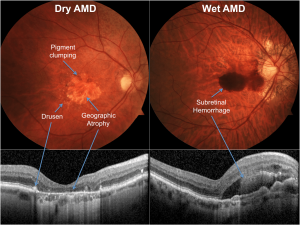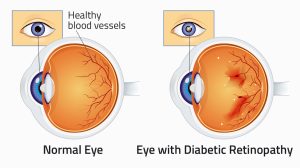- 20 February 2024
- 75
Aging Eye: A Closer Look at Four Significant Vision Disorders

Introduction
In the journey of life, our eyes play an invaluable role, serving as windows to the world around us. However, as we age, our eyes undergo various changes, and unfortunately, some individuals may experience vision disorders that can significantly impact their quality of life. In this comprehensive guide, we delve into four significant vision disorders commonly associated with aging, shedding light on their causes, symptoms, and available treatments.
Age-Related Macular Degeneration (AMD)
Causes and Risk Factors: The exact cause of AMD is not fully understood, but it is believed to result from a combination of genetic, environmental, and lifestyle factors. Risk factors for AMD include advancing age, family history of the disease, smoking, obesity, hypertension, and prolonged exposure to ultraviolet light.
Symptoms: Early-stage AMD may not present noticeable symptoms, but as the condition progresses, individuals may experience blurred or distorted central vision, difficulty reading or recognizing faces, visual distortions, and reduced brightness or intensity of colors.
Treatment Options: While there is currently no cure for AMD, several treatment options aim to slow disease progression and manage symptoms, including anti-vascular endothelial growth factor (anti-VEGF) injections, photodynamic therapy (PDT), laser therapy, and nutritional supplements containing antioxidants and vitamins.
Regular eye exams are crucial for early detection and management of AMD. Explore More About (Dizziness After Meal)

Cataracts
Causes and Risk Factors: The primary cause of cataracts is the natural aging process, which leads to changes in the proteins within the lens, causing them to clump together and cloud the lens. Additional risk factors for cataracts include advancing age, diabetes, smoking, prolonged exposure to sunlight, and certain medications such as corticosteroids.
Symptoms: Symptoms of cataracts may include cloudy, blurry, or dim vision, increased sensitivity to glare, difficulty seeing at night, fading or yellowing of colors, and double vision in a single eye.
Treatment Options: The only effective treatment for cataracts is surgical removal of the cloudy lens and replacement with an artificial intraocular lens (IOL). Cataract surgery is a safe and highly successful procedure, with millions performed worldwide each year.
Glaucoma
Causes and Risk Factors: The exact cause of glaucoma is not fully understood, but it is believed to involve a combination of genetic, anatomical, and environmental factors. Risk factors for glaucoma include elevated intraocular pressure (IOP), advancing age, family history of glaucoma, African or Hispanic ancestry, thin corneas, diabetes, and myopia (nearsightedness).
Symptoms: In the early stages, glaucoma may not present noticeable symptoms, earning it the nickname “the silent thief of sight.” As the condition progresses, individuals may experience patchy blind spots in peripheral or central vision, tunnel vision, severe eye pain, headaches, and nausea and vomiting (in acute angle-closure glaucoma).
Treatment Options: Treatment for glaucoma aims to lower intraocular pressure to prevent further damage to the optic nerve. Options may include eye drops, oral medications, laser trabeculoplasty, and conventional surgery (trabeculectomy).
Early detection through regular eye exams is crucial for managing glaucoma and preserving vision.
Diabetic Retinopathy
Causes and Risk Factors: The primary cause of diabetic retinopathy is long-term diabetes, particularly when blood sugar levels are poorly controlled. Additional risk factors include duration of diabetes, poorly controlled blood sugar levels, high blood pressure, high cholesterol, and pregnancy.
Symptoms: In the early stages, diabetic retinopathy may not cause noticeable symptoms. As the condition progresses, individuals may experience blurred or distorted vision, floaters in the field of vision, impaired color vision, and partial or total vision loss.
Treatment Options: Treatment for diabetic retinopathy depends on the stage of the disease and may include strict blood sugar control, intravitreal injections of anti-VEGF medications, laser photocoagulation therapy, and vitrectomy (surgical removal of vitreous gel).
Regular eye exams are essential for early detection and management of diabetic retinopathy,

particularly in individuals with diabetes.
Vision Disorders in Aging
| Vision Disorder | Causes | Symptoms | Treatment Options |
|---|---|---|---|
| Age-Related Macular Degeneration (AMD) | Genetic, environmental, lifestyle factors | Blurred or distorted central vision, difficulty reading or recognizing faces, visual distortions, reduced brightness or intensity of colors | Anti-VEGF injections, PDT, laser therapy, nutritional supplements |
| Cataracts | Aging, diabetes, smoking, sunlight exposure, certain medications | Cloudy, blurry, or dim vision, increased glare sensitivity, difficulty seeing at night, fading or yellowing of colors | Surgical removal, artificial lens replacement (IOL) |
| Glaucoma | Genetic, anatomical, environmental factors, elevated IOP | Patchy blind spots, tunnel vision, severe eye pain, headaches, nausea, vomiting | Eye drops, oral medications, laser trabeculoplasty, surgery |
| Diabetic Retinopathy | Long-term diabetes, poor blood sugar control, high blood pressure, high cholesterol | Blurred vision, floaters, impaired color vision, partial or total vision loss | Blood sugar control, anti-VEGF injections, laser therapy, vitrectomy |
Conclusion
As we age, our eyes become more susceptible to various vision disorders that can significantly impact our quality of life. From age-related macular degeneration and cataracts to glaucoma and diabetic retinopathy, these conditions require prompt diagnosis and appropriate management to preserve vision and prevent irreversible damage. By understanding the causes, symptoms, and treatment options for these vision disorders, individuals can take proactive steps to protect their eye health and maintain clear, vibrant vision well into their golden years.

